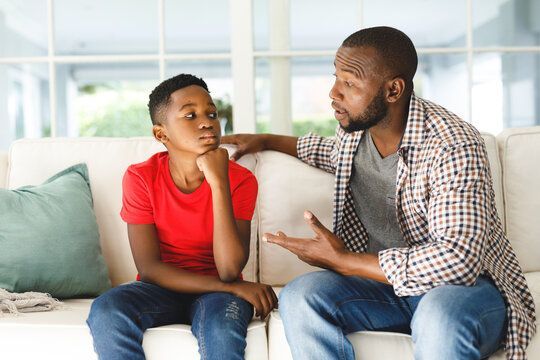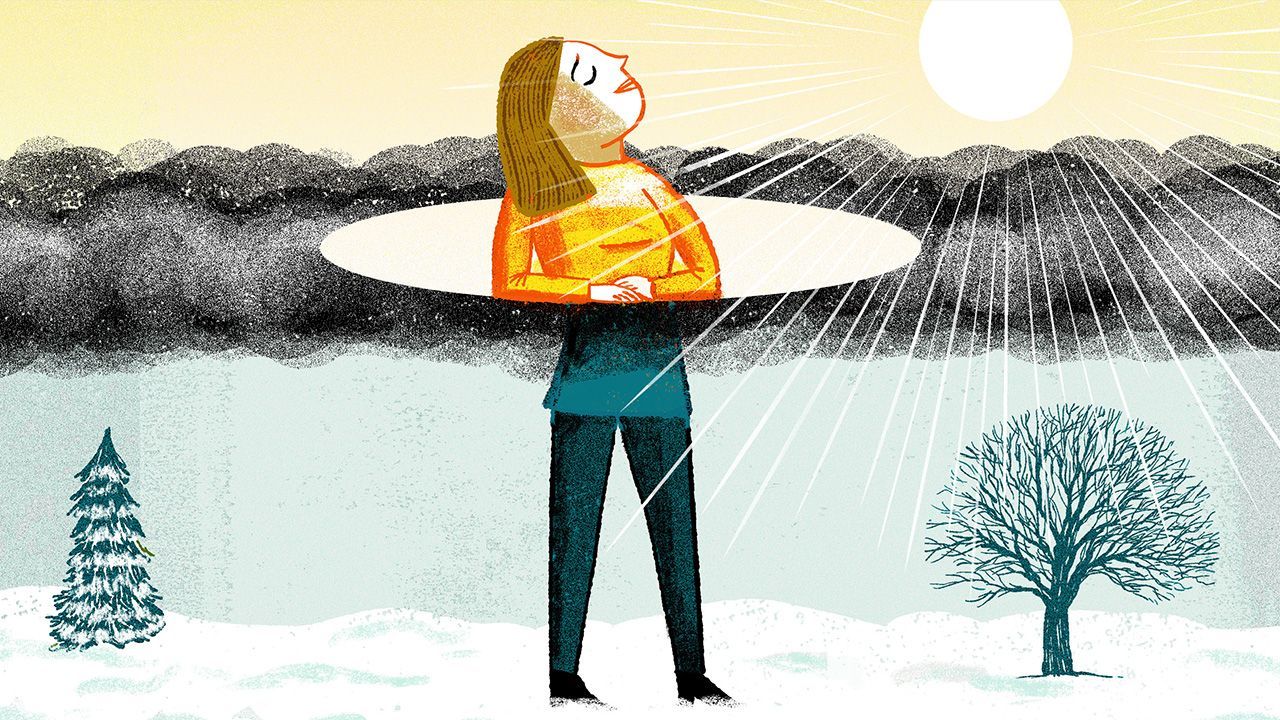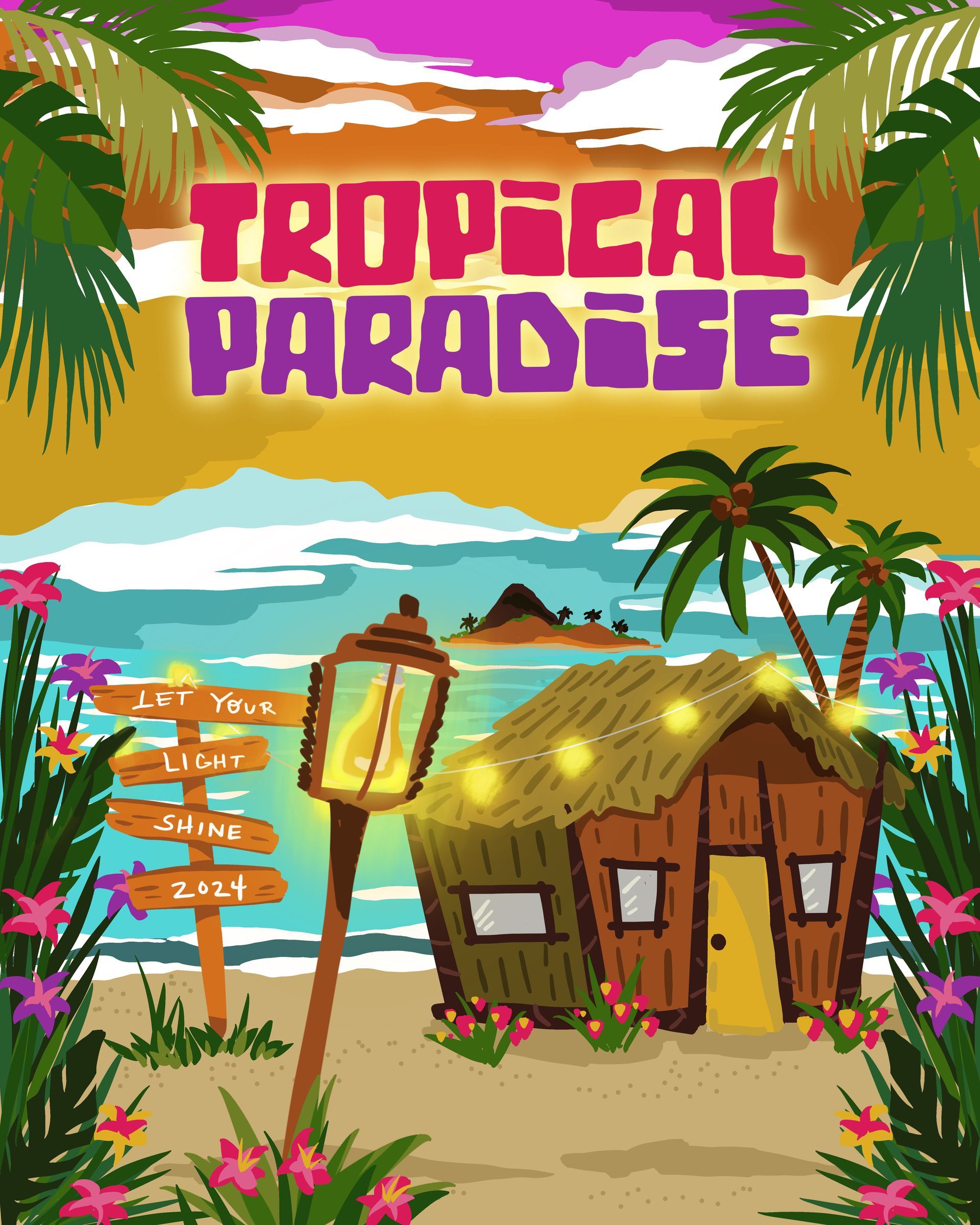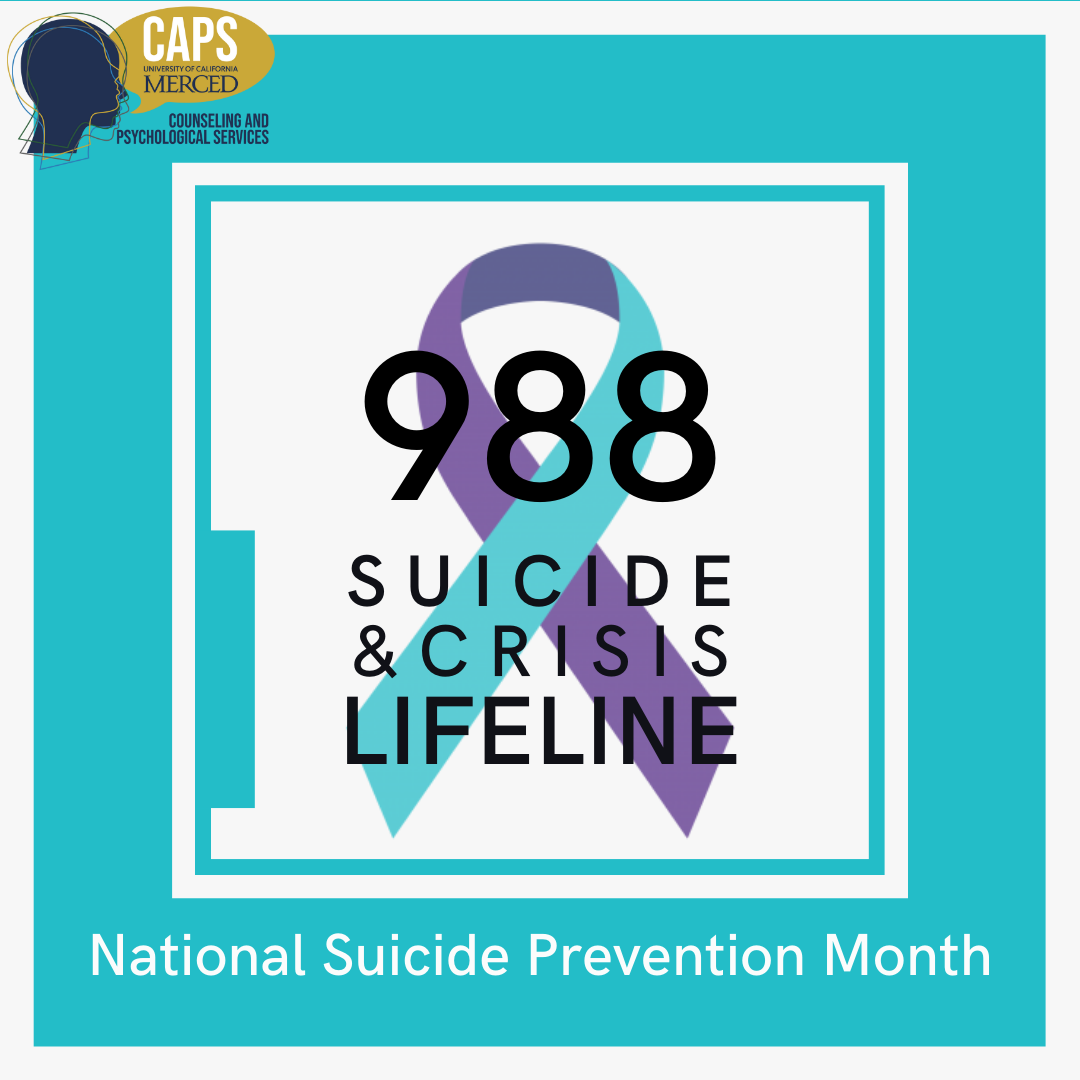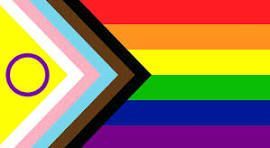
You have probably heard the scary statistics. LGBTQ+ youth are at higher risk for serious mental health problems (such as anxiety and depression) than their non-LGBTQ+ peers. They’re more likely to consider suicide, more likely to attempt suicide and more likely to engage in non-suicidal self-harm.
This is directly related to other disheartening statistics that LGBTQ+ youth experience more bullying, abuse, rejection and discrimination than their non-LGBTQ+ peers. They also have higher rates of running away from home and using substances as attempts to escape from conditions in which they’ve been judged, mistreated and victimized for being who they are.
And if they are transgender or nonbinary, the risk is even higher.
Hatred, judgment and rejection are powerful. It does not take much to do a lot of damage.
Acceptance, respect and kindness are also powerful. They can do a lot to prevent and heal damage.
Having even one supportive adult who treats them with kindness, talks to them openly, and is willing to listen can have a positive impact on the wellbeing of a young person.
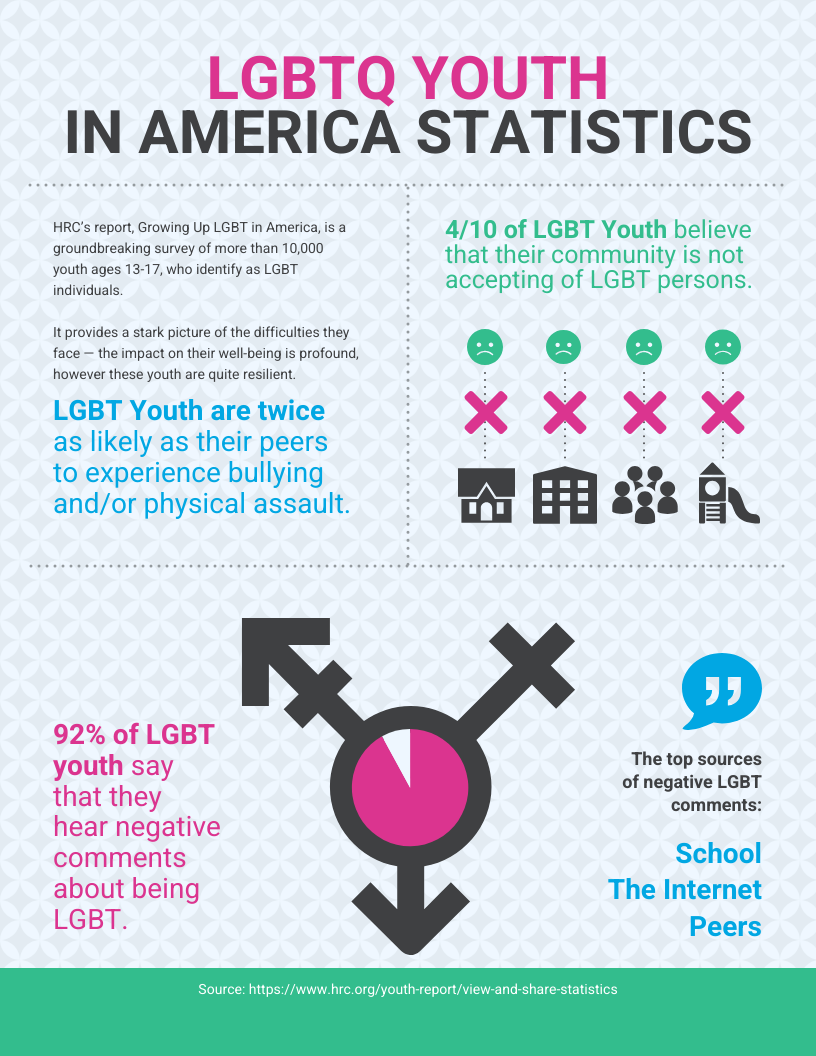
Transgender and nonbinary youth are less likely to attempt suicide when all of the people they live with respect their pronouns and/or when they have access to a gender-neutral bathroom at school. When young people are able to wear clothes that align their physical appearance with their gender identity, their risk for attempting suicide decreased.
Responses to the 2024 U.S. National Survey on the Health of LGBTQ+ Young People identified 10 ways people can show support and acceptance to LGBTQ+ young people:
- Trusting that I know who I am
- Standing up for me
- Not supporting politicians that advocate for anti-LGBTQ+ legislation
- Looking up things about LGBTQ+ identities on their own to better understand
- Respecting my pronouns
- Showing support for how I express my gender
- Asking questions about LGBTQ+ identities to better understand
- Accepting my partner
- Showing support on social media
- Having or displaying pride flags
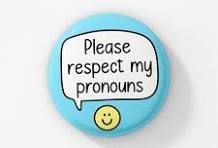
June is LGBTQ+ Pride month. Pride is about having the freedom to show the world who you really are without fear or shame. It is about acknowledging and celebrating LGBTQ+ persons as individuals and as assets to society. It is a celebration both for people who are LGBTQ+ and for friends, family, and community members who support them.
Isn’t that what everyone wants? To be able to live authentically as who you really are without fear or shame.
To have someone who knows who you are – all of it – and loves and supports you. To know that there are others who are “like me” and that those people are awesome!
In the United States, we have a tendency to view things like honorary months and celebrations as frivolous. We should not underestimate the positive effect it has on our LGBTQ+ young people to know that there is a Pride festival in their community, or what it means to see the crowds of people who show up to be part of that celebration. It means even more when a young person sees someone they know participating in the festival, or even better, someone they know who is willing to go with them to the festival. These seemingly small symbols and gestures can make a huge difference in how young people feel about themselves, about others and about the world. These are the types of changes that lead to better behavioral health.
We cannot control the whole world and everyone in it. There will be people and places where the bullying, abuse, rejection and discrimination continue. We can create oases of safety for LGBTQ+ youth, places where they know they can let their guard down and be themselves. If doing this means a significant shift in our customary way of thinking, it may help to know that it is not necessary to be perfect or to become a rainbow flag-waving enthusiast. The national survey mentioned earlier showed that LGBTQ+ youth are very appreciative when the people in their lives look up information and ask questions so that they can be more understanding.
Pride is about expressing acceptance, respect and kindness to LGBTQ+ youth. It is an experience that improves mental health and offers hope. Acceptance, respect, and kindness save lives.
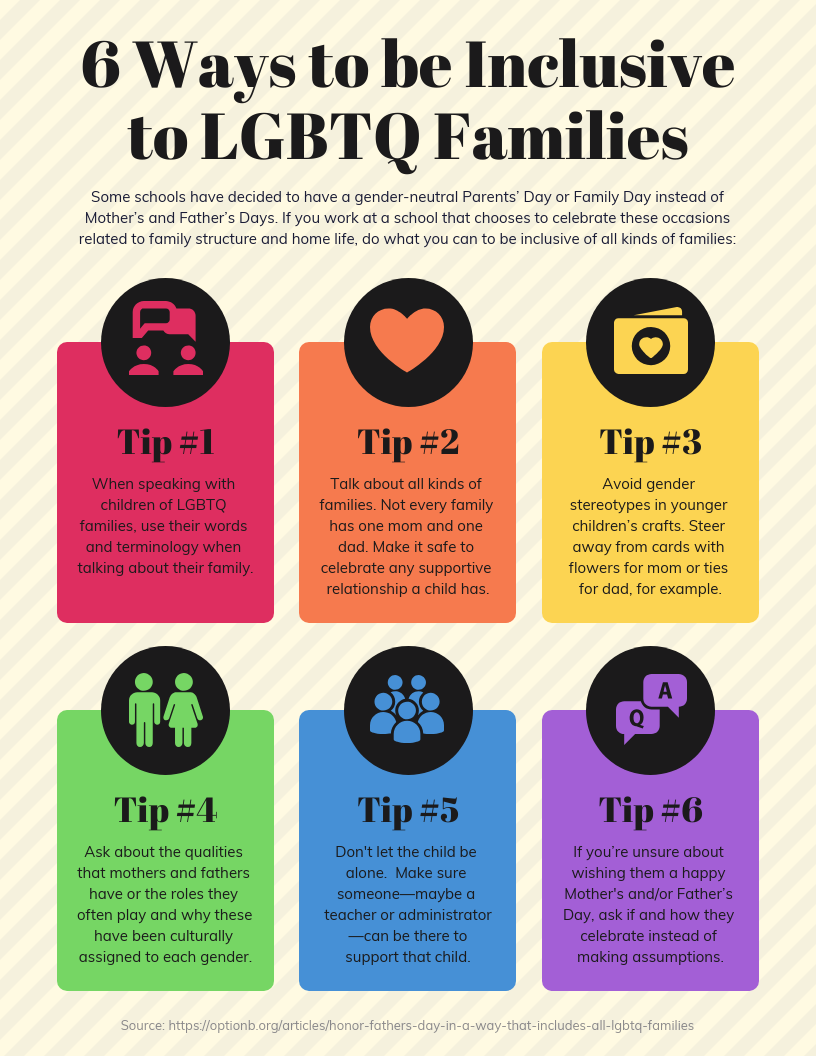
References
The Trevor Project (2024). 2024 U.S. National Survey on the Health of LGBTQ+ Young People.
https://www.thetrevorproject.org/survey-2024/#anxiety-depression
RECENT POSTS
